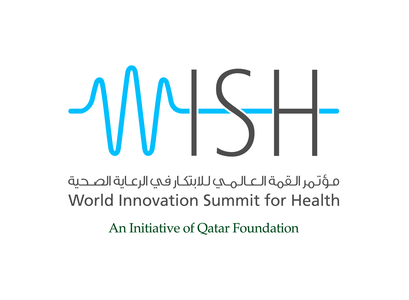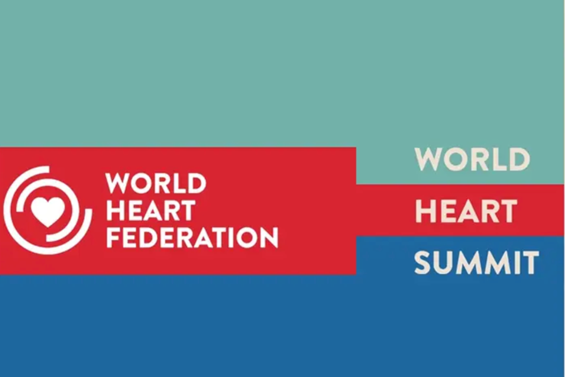WISH Hosts Webinar on Diffusion of Healthcare Innovation

The World Innovation Summit for Health (WISH) has hosted a webinar discussing factors that play a role in the diffusion of healthcare innovation, as well as those that may cause limitations, based on evidence collected from case studies.
The webinar, entitled ‘Diffusion of Healthcare Innovation’, took place on February 23 as part of the ‘Safer Care Accelerator’ series by the Leading Health Systems Network (LHSN). LHSN is an initiative of WISH that brings together healthcare leaders and industry experts to identify and discuss areas of improvement in healthcare systems. The webinar was led by Dr. Matthew Harris, Clinical Senior Lecturer in Public Health Medicine, Institute of Global Health Innovation, Imperial College London; and Ms. Hannah Patel, Policy Fellow, Centre for Health Policy, Institute for Global Health Innovation, Imperial College London.
It is well known that it takes over 17 years for healthcare innovations to be put into practice. The popular question is, ‘why does it take so long?’ This webinar explored the barriers and enablers to the successful diffusion of innovation, drawing on specific case studies as well as large-scale quantitative and qualitative research. It also provided advice to policymakers and frontline caregivers on how to harness the benefits of innovation in healthcare.
The WISH webinar highlighted the research conducted since the launch of the Global Diffusion of Healthcare Innovation (GDHI) program in 2012. GDHI is a research program funded by Qatar Foundation for Education, Science and Community Development (QF), which explores how innovation spreads between countries. It also looks at how innovations could be adapted to align with the needs of frontline healthcare workers from around the world.
The results of the eight research case studies show four critical enablers of innovation diffusions across different countries. The first one is vision, strategy and leadership; a clear target to work towards and a clear need for innovation. The second is an agency; a body committed to the implementation of the innovation. The third is specific funding for research, development and diffusion of an innovation, and, lastly, communication channels and networks across healthcare industry and with the public.
Dr. Harris, also the project lead for GDHI, said: “The adoption of innovations in healthcare is a process of interaction and persuasion, and an issue of mutually beneficial relationships and resources. It is a complex process. There needs to be an evidence base for the innovation, adopters have to want to adopt it, and it needs to be adaptable to local contexts. Sometimes as much, if not more, effort often goes into scaling an innovation as it does to developing it.”
Three elements affect the diffusion of healthcare innovation. The first element is the four critical enablers mentioned above. Second is the behavior of frontline health workers, a significant contributor at both personal and organizational levels, in terms of eliminating old and less effective ways of day-to-day work, and adopting the innovation in a local context. The third element is the healthcare system characteristics that are vital to the rapid diffusion of healthcare innovation. These are macro level influencers such as economic, political, and research environment.
Ms. Patel said: “There are many barriers to overcome in order to improve the diffusion of innovation – a clear vision and commitment to implementing innovation can be beneficial in overcoming them as well as creating demand for change by the patients and public.”
Lastly, the discussion touched on the now growing subject area in the innovation diffusion literature known as ‘Reverse Innovation’, which aims to improve and increase the adoption of frugal innovations that have been developed in and developed by low income countries, and to adopt them into high income country context.
Egbert Schillings, CEO of WISH, said: “Since the inception of WISH, this body of research on the diffusion of innovation has been at the center of the program; it’s obvious why – an innovation that neither spreads nor scales is not really viable, but often the failure to take off has less to do with the merits of an idea than organizational barriers. We need to understand what those are so we can help get the right ideas implemented where they can do the most good for the benefit of patients.”
Since its establishment in 2009, LHSN has collaborated with 25 health systems from more than 12 countries to exchange knowledge among experts and discuss ways of making significant improvements in existing healthcare policies. LHSN is based at Imperial College in London and has partnered with WISH to produce a positive change through monthly webinars that aim for healthier populations worldwide. Hamad Medical Corporation (HMC) and Sidra Medical and Research Center (Sidra) in Qatar are part of the 18 organizations that have joined the effort.
WISH, a global initiative of QF, launched the LHSN Safer Care Accelerator Program to share best practice and inspire health systems worldwide to provide safer care for patients. It brings together a global network of healthcare organizations to exchange insights, experiences, and data on the topic of patient safety, culminating in the publication of a global report.
More News

WISH Brings Global Leaders Together at Osaka Expo to Tackle Attacks on Health in Armed Conflict
Read More

